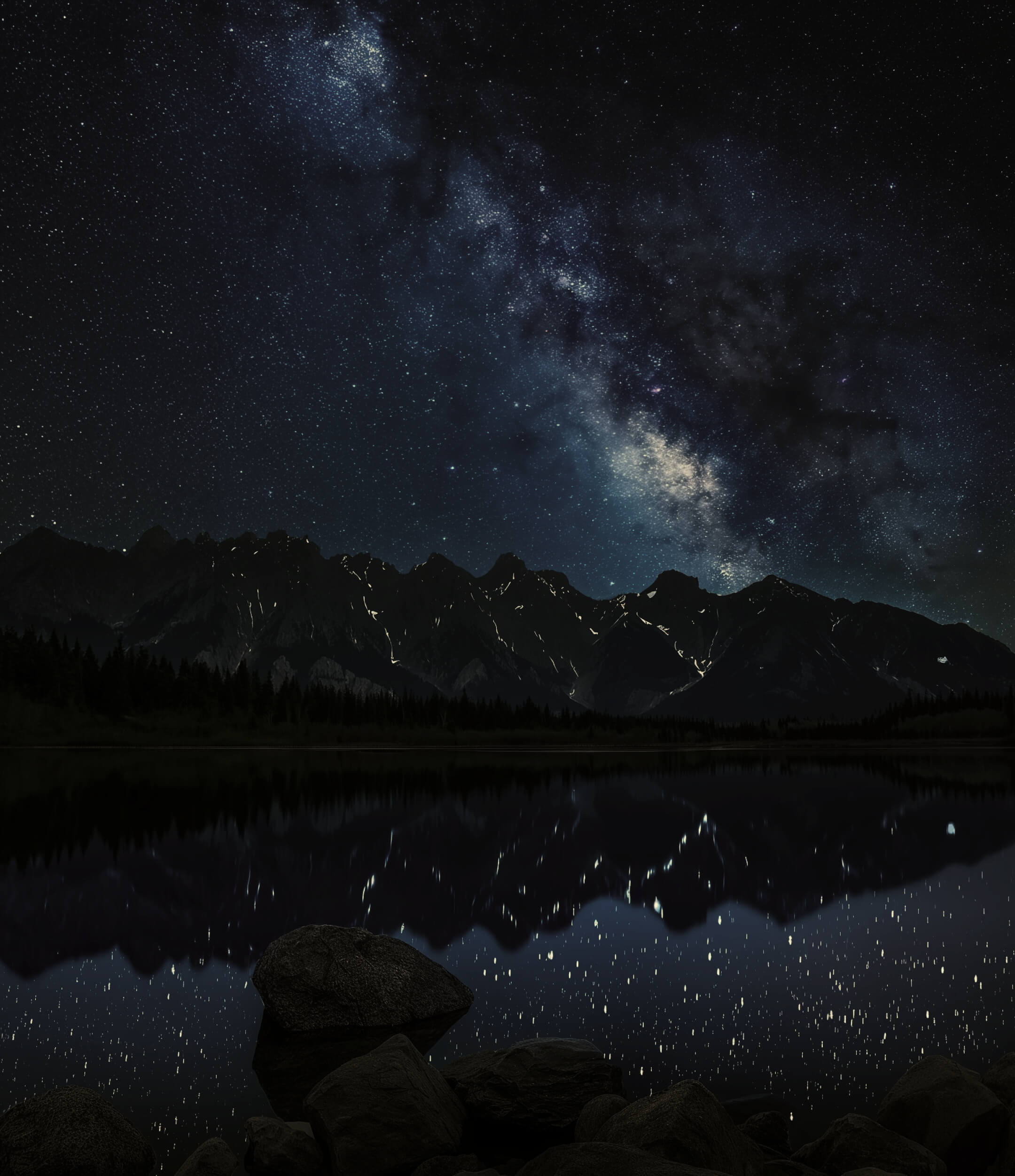The Skies of Chile Foundation Celebrates Astronomy Day at the La MonedaCultural Center


Posteado
Cielos Chile
schedule Friday 23 de May
A panel of experts discussed the importance of protecting our dark skies from excessive lighting.
As part of Astronomy Day, the Skies of Chile Foundation led a panel discussion at the La Moneda Cultural Center, where renowned experts addressed the challenges of preserving our dark skies.
The conversation was moderated by Daniela González, Executive Director of the Skies of Chile Foundation, and featured Ximena Muñoz, Director of Ciluz, and Bárbara Rojas-Ayala, researcher at the Center of Excellence in Astrophysics and Related Technologies (CATA). The speakers discussed light pollution and its impact on astronomical research and human health.
Dark Skies: Key to Tracing Our Origins
In her remarks, astrophysicist Bárbara Rojas-Ayala explained how light pollution hinders the study of astronomy’s biggest questions, such as: Where do we come from? How was matter created? “To answer these, we need to look very far into the universe,” she stated.
“When we observe distant objects, we’re actually seeing the universe in its earliest stages, because light takes time to reach us. To do this, we need extremely precise instruments, which is why the best locations on Earth were chosen for astronomical observation,” the astrophysicist highlighted.
Today, Chile hosts nearly 40% of the world’s astronomical observation capacity, a figure expected to rise above 60% by the early 2030s. However, this major scientific investment is under threat due to the growing issue of light pollution.
“We build these telescopes with mirrors that act like giant buckets, aiming to collect as many photons as possible — photons being the particles responsible for light and electromagnetic radiation. We’re building increasingly larger telescopes to detect very faint objects, like exoplanets,” Rojas-Ayala explained.
“If I’m in a very dark place, free from light pollution, I can detect extremely faint signals. It’s like hearing a whisper in the distance. But with light pollution, I collect all surrounding photons in addition to the one I’m looking for, making it very difficult to find that signal saying, ‘hello, I’m a planet where life could exist,’” the expert illustrated.
Over-illumination and Its Effect on Urban Environments
Ximena Muñoz, Executive Director of Ciluz, addressed the causes and effects of poor lighting in cities and how excessive light harms both human quality of life and biodiversity.
“Those of us who work with lighting work not only with light, but also with darkness — a vital heritage not just for astronomy, but for the well-being of all living things,” she stated.
According to Ximena, one of the main causes of today’s over-illumination is the rapid spread of LED lighting between 2005 and 2010. “LED arrived as a panacea — a long-lasting light source, small in size, and highly energy-efficient,” she explained. However, this type of lighting is characterized by high levels of blue light, which inhibits melatonin production — the “sleep hormone” — and has harmful effects on insects, birds, and other living organisms.
“What happened was a massive transition to cold light that also emits much more brightness. Wattage was replaced one-for-one: a 200 W sodium lamp was swapped for a 200 W LED, which emits three times more light. As a result, we’re now in a state of uncontrolled over-illumination that has become normalized,” Muñoz noted.
The lighting expert emphasized that the human eye can adapt to darker conditions and that, contrary to popular belief, excessive lighting can actually reduce urban safety. “Our pupils function like camera apertures — they contract in bright light and dilate in the dark. When there’s over-illumination, we lose the ability to perceive details and suffer from glare, which creates unsafe conditions,” said the Executive Director of Ciluz.

Subscribe to our newsletter
Receive relevant information about the skies of Chile every month
